We provide bat control services throughout Pennsylvania. While bats benefit the environment by helping control mosquitoes, but they can also pose a health risk. Bats are more likely to carry rabies than other mammals, and their droppings can transmit Histoplasmosis, which requires attention in homes and barns.
Bats are one of the most complex and challenging species of animals to remove from a home in Pennsylvania. When a bat enters your home, it can hide almost anywhere due to its small size. Several species of bats commonly roost in buildings, including the little brown bat, big brown bat, red bat, gray bat, hoary bat, northern long-eared bat, eastern pipistrelle bat, Indiana bat, silver-haired bat, and evening bat. It’s important to note that no species of bat found naturally in the United States feeds on blood. Vampire bats are found exclusively in Latin America.
While bats can help eat mosquitoes and other flying insects around your home, they can also be unsanitary, spread disease, and cause damage when they decide to live inside your home. They can spread rabies, Histoplasmosis, and Bat Bugs (often mistaken for bed bugs). However, we do not harm bats. Instead, we perform an exclusion followed by bat-proofing. If needed, we also perform Histoplasmosis remediation and guano cleanup.
If you see a single bat on your porch or the side of your house, it’s likely a male bat roosting solo. They may only stay for a few days at most, so if they’re not bothering you, it’s best to leave them alone and thank them for eating insects in your yard at night.
Occasionally, bats may accidentally fly inside your home through an open door or window. In late summer, young bats may also make bad choices or get turned around and find themselves inside your home. If this happens, don’t panic. Bats are not blind, and they do not attack people. However, like wild animals, they can bite if threatened, so do not touch them with your bare hands. If a bat bites someone, try to capture it while wearing thick work gloves and closing off all exits to other rooms. If the bat is not flying, capture it using a box or small container. Place the container over the bat and slide a piece of cardboard or magazine under the container, gently causing the bat to fall into the container while closing off the opening.
If the bat is flying around, a butterfly net or towel can be helpful. You may also want to wait until the bat stops flying, but keep watching it to see where it might land. Contact your local animal control officer and notify them that someone was bitten and the bat needs to be tested immediately. If the test returns positive for rabies, seek medical attention through your local emergency healthcare provider.
Bat conflicts are becoming more frequent, especially around horse and livestock barns where bats tend to roost in large numbers. Therefore, removing them using non-lethal methods is important, followed by professional exclusion. Using Naphtha Moth crystals or Naphthalene is not environmentally safe or sound. Wildlife Control Solutions is a leading expert in natural bat exclusion we do not use chemicals or poisons. Our professional techniques are safe, humane, and highly effective. Call us today to resolve your wildlife conflicts.
Bats are essential for the environment, but about 1% of them become infected with rabies, making them the third most commonly reported species with rabies cases after raccoons and skunks. Bat rabies is always fatal if left untreated, and infected bats usually exhibit abnormal behavior. To find out if bats are present in your area, look for their droppings, which are called guano.
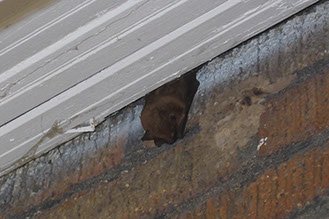

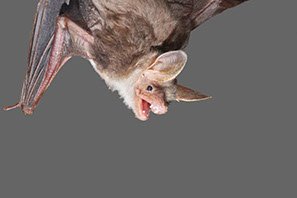

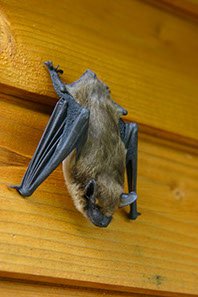
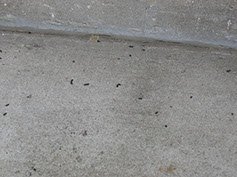

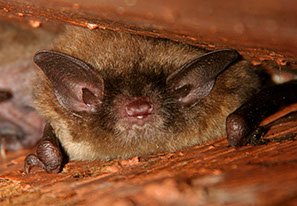
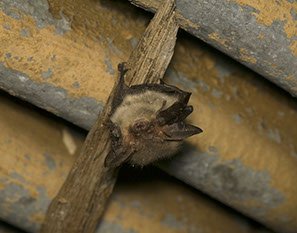
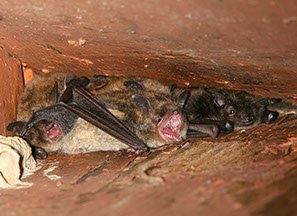
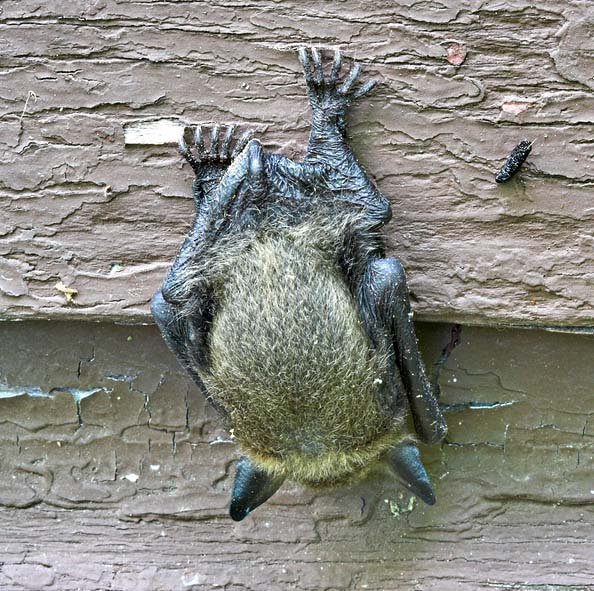
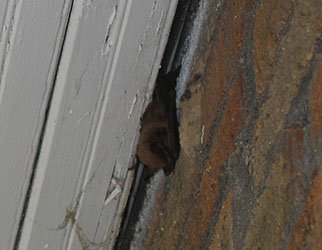
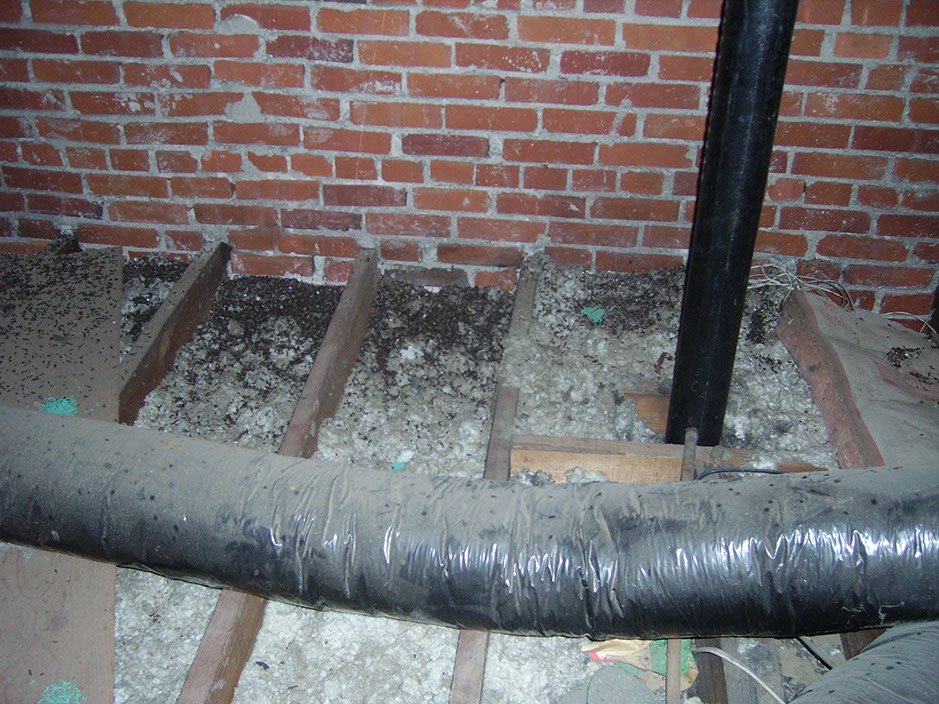
Please call us at (724) 456-4627 for pricing information and more details. We provide emergency services. Contact us at sales@usawildlife.com and let us know you found us on USA Wildlife.